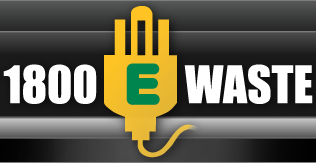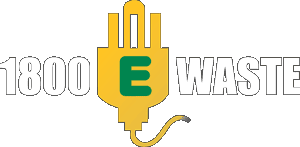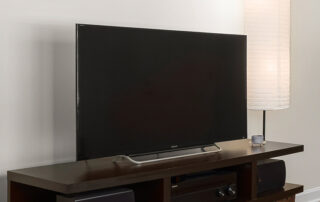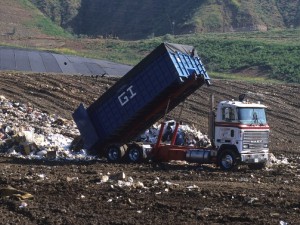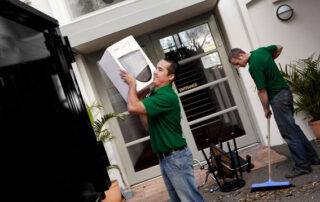Articles on e-waste and computer recycling
Computer Screen Recycling
Recycling computer screens, both old boxy models and newer flat panel displays, is ideal because of their huge volume, hazardous components, and good resource recovery potential on resources that are non-renewable such as copper, zinc, nickel and tin. In 2010, TFT (thin-film transistor) and LCD (liquid-crystal display) monitors as well as laptop screens have been reclassified as hazardous waste. They require careful treatment because of the toxic materials that they contain. These include lead (found in the leaded glass) and cadmium which are environmental contaminants and source of health risks among untrained personnel. Having said that, businesses and government offices have the responsibility to
